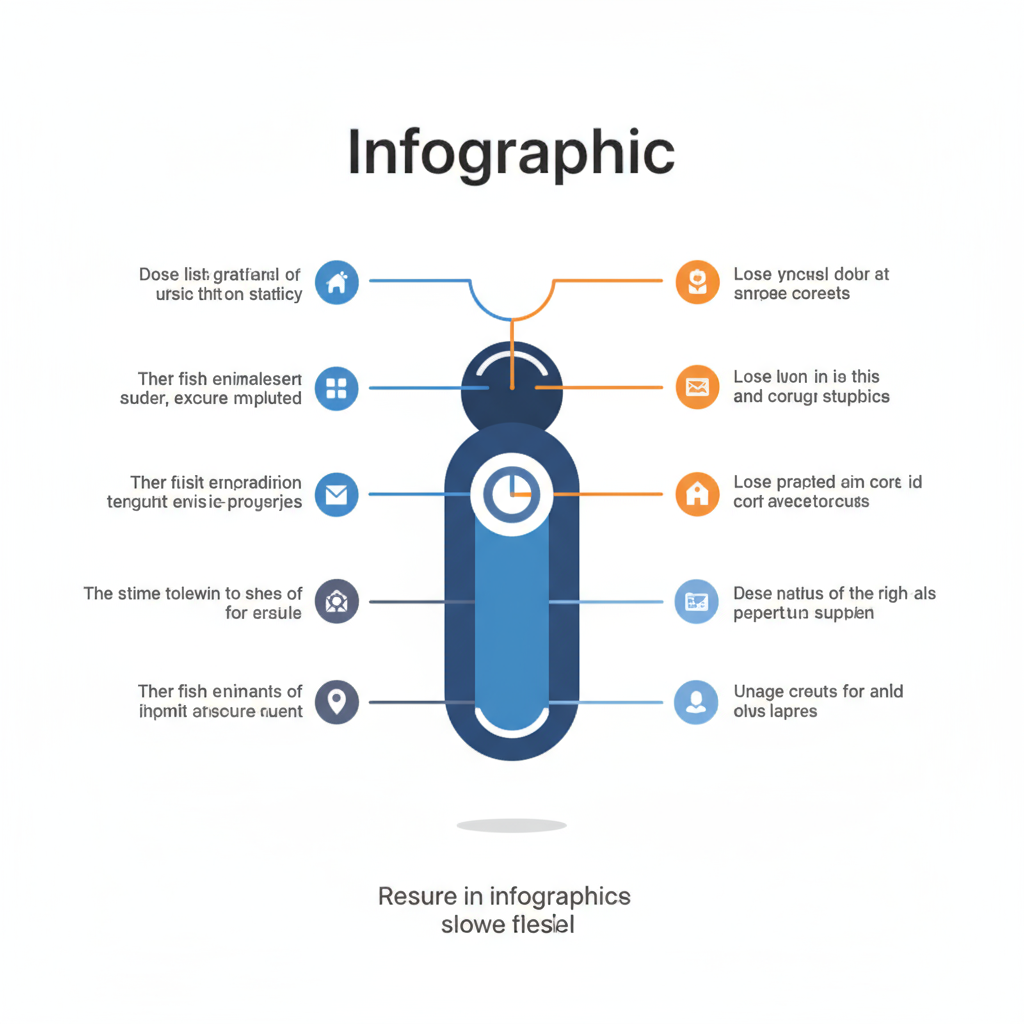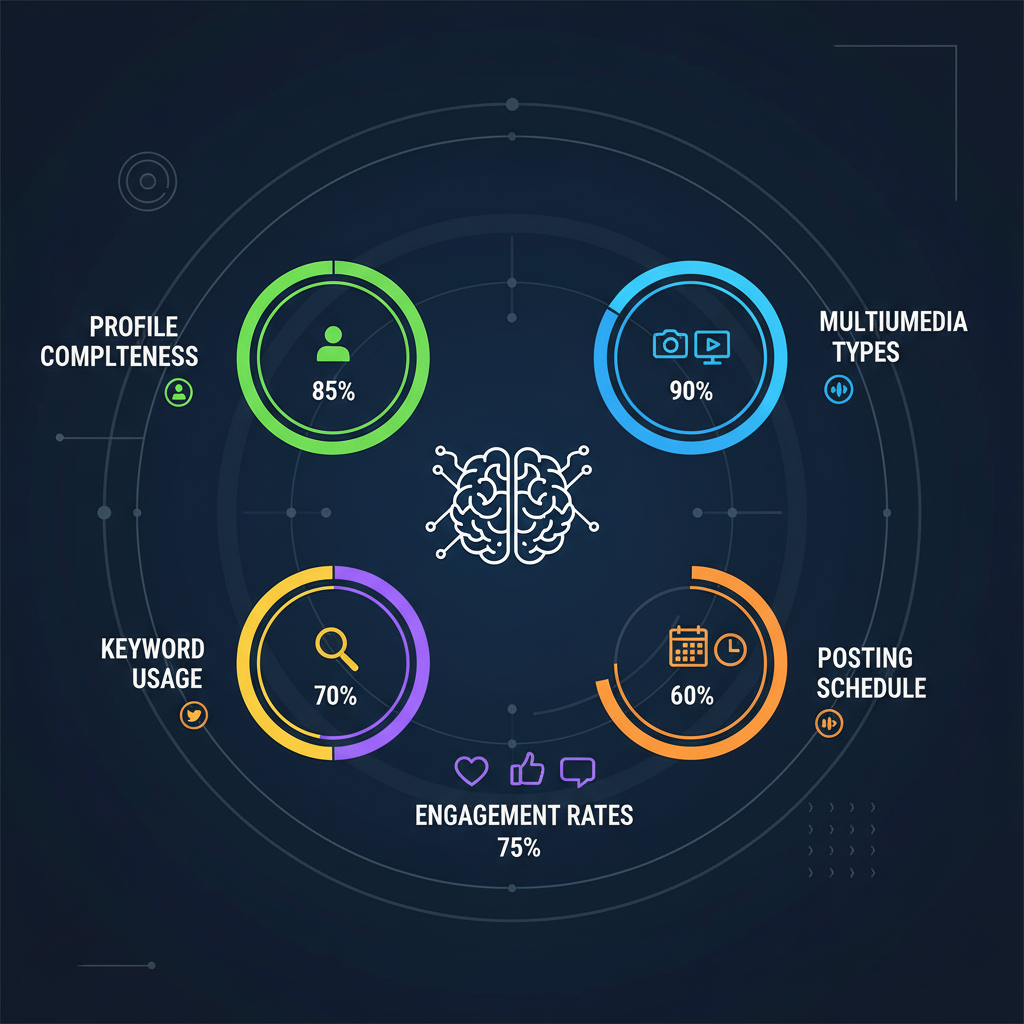Optimize Content for Social Network Search Engines
Learn how to optimize content for social network search engines by tailoring to platform algorithms, keywords, hashtags, and profile strategies.

Understanding Social Network Search Engines
Social network search engines are the native search tools built into platforms such as Facebook, LinkedIn, Instagram, TikTok, and Twitter/X. They differ from traditional search engines like Google or Bing in that they surface profiles, posts, hashtags, and media within the social network’s ecosystem rather than across the entire web.
The primary keyword—social network search engine—relates closely to context-based discovery. These search functions prioritize platform-specific engagement signals such as likes, shares, comments, and watch time instead of backlinks or keyword density. Each network’s goal is to keep users on-platform by delivering relevant, timely, and engaging content.

To rank well within a social network search engine, you must understand each platform’s unique algorithms and tailor your content strategy accordingly.
---
Research Platform-Specific Algorithms
While universal optimization principles apply across the board, ranking signals differ significantly from one network to another.
| Platform | Primary Ranking Signals | Unique Features |
|---|---|---|
| Engagement (comments, shares), recency, video watch time | Groups, Marketplace, Facebook Stories | |
| Post interactions, relevance to professional network | Articles, LinkedIn Pulse, skills endorsements | |
| Hashtags, saves, direct shares, watch completion | Reels, Stories highlights, IGTV | |
| TikTok | Completion rate, replays, shares, likes | For You Page (FYP) focus, trending sounds |
| Twitter/X | Retweets, replies, profile/activity freshness | Spaces, Lists, trending topics |
Understanding and aligning with these signals allows you to plan and publish content that resonates with each platform’s search mechanics.
---
Identify Relevant Keywords and Hashtags
Keywords and hashtags are essential drivers of discovery in any social network search engine. Effective tactics include:
- Studying competitors’ keyword and hashtag usage.
- Utilizing platform-native search suggestions to find trending terms.
- Leveraging third-party hashtag research tools for more granular insights.
For instance, travel bloggers might target keywords like budget travel tips or hidden gems Europe, along with hashtags such as `#TravelHacks` or `#BudgetTravel` to appear in more searches.

Key points:
- Match hashtag limits to the platform (Instagram allows up to 30; TikTok visibility tends to peak with 4–5 hashtags).
- Tailor terms to audience intent—LinkedIn users may search “remote work productivity,” while TikTok viewers look for “work from home hacks.”
---
Optimize Profile and Bio Fields
High visibility starts with an optimized profile. Core elements:
- Profile Name: Add a clear descriptor, e.g., “Sarah Lee | Digital Marketing Expert” rather than simply “Sarah Lee.”
- Username: Align with brand keywords, e.g., `@EcoTravelSarah`.
- Bio/Description: Include primary keywords naturally while keeping copy authentic.
- URL Field: Link to your website, Linktree, or a key landing page.
An accurate, keyword-rich profile identity strengthens your niche positioning in search results.
---
Harness Multimedia Formats for Greater Discoverability
Varied content formats often trigger stronger algorithmic rewards:
- Images: High-quality visuals that stand out in feeds.
- Short Videos/Reels: Short, story-driven, valuable clips.
- Carousels: Multiple slides to increase time-on-post and interaction.
Examples:
- TikTok’s algorithm favors videos with high completion rates.
- Instagram carousels tend to generate more saves and shares, boosting your relevance.

---
Consistent Posting During Peak Engagement
Posting at the right time directly influences discovery in social network search engines. Use analytics to pinpoint when followers are active.
| Platform | Peak Times (Local) | Notes |
|---|---|---|
| Mon–Fri, 1–3 PM | Engagement dips on weekends | |
| Tue–Thu, 8–10 AM | Professional visibility best during work hours | |
| Mon, Wed, Fri, 11 AM–1 PM | Experiment with Stories and Reels timing | |
| TikTok | Evenings, 7–10 PM | Matches entertainment browsing periods |
| Twitter/X | Wed, Fri, 9 AM–1 PM | Strong for trending topics and breaking news |
Commit to a sustainable posting schedule to maintain visibility over time.
---
Encourage Shares, Saves, and Comments
Algorithms reward content that drives interactions. Boost these engagement KPIs by:
- Asking captivating or thought-provoking questions in captions.
- Creating shareable infographics or bite-sized data insights.
- Running challenges, polls, or interactive prompts.
- Offering “save-worthy” tips, guides, or templates.
These signals convey long-term relevance to search algorithms.
---
Cross-Link Profiles Across Platforms
Expand your reach by linking platforms together:
- Include Instagram handles in your Twitter bio and vice versa.
- Share LinkedIn articles in Facebook groups.
- Repurpose TikTok content for Instagram Reels.
This interconnected presence builds multiple entry points into your content and increases search exposure.
---
Track and Analyze Metrics
Use built-in analytics to refine your social search strategy:
- Facebook Insights
- LinkedIn Analytics
- Instagram Insights
- TikTok Analytics
- Twitter/X Analytics
Monitor:
- Impressions
- Click-through rates
- Hashtag reach
- Engagement levels
- Follower growth
Consistent data review helps identify winning strategies and areas to improve.
---
Adapt to Algorithm Updates
Social networks continuously evolve their search algorithms and features—think live video, short-form trends, and Stories formats.
Stay ahead by:
- Following official platform blogs and announcements.
- Engaging in industry forums to exchange tips.
- Testing new features early to benefit from potential visibility boosts.
Flexibility ensures your strategy stays effective despite algorithm changes.
---
Conclusion and Next Steps
Optimizing for a social network search engine requires more than keyword placement—it’s a holistic strategy combining algorithm insights, keyword targeting, profile optimization, multimedia diversity, strategic timing, engagement tactics, cross-platform integration, metric tracking, and adaptability.
By mastering these techniques, you can significantly improve search visibility and brand reach within each platform’s unique discovery ecosystem.
Call to Action: Start by selecting one or two key networks and applying these tips consistently—quality and consistency are your strongest allies for long-term search success.




